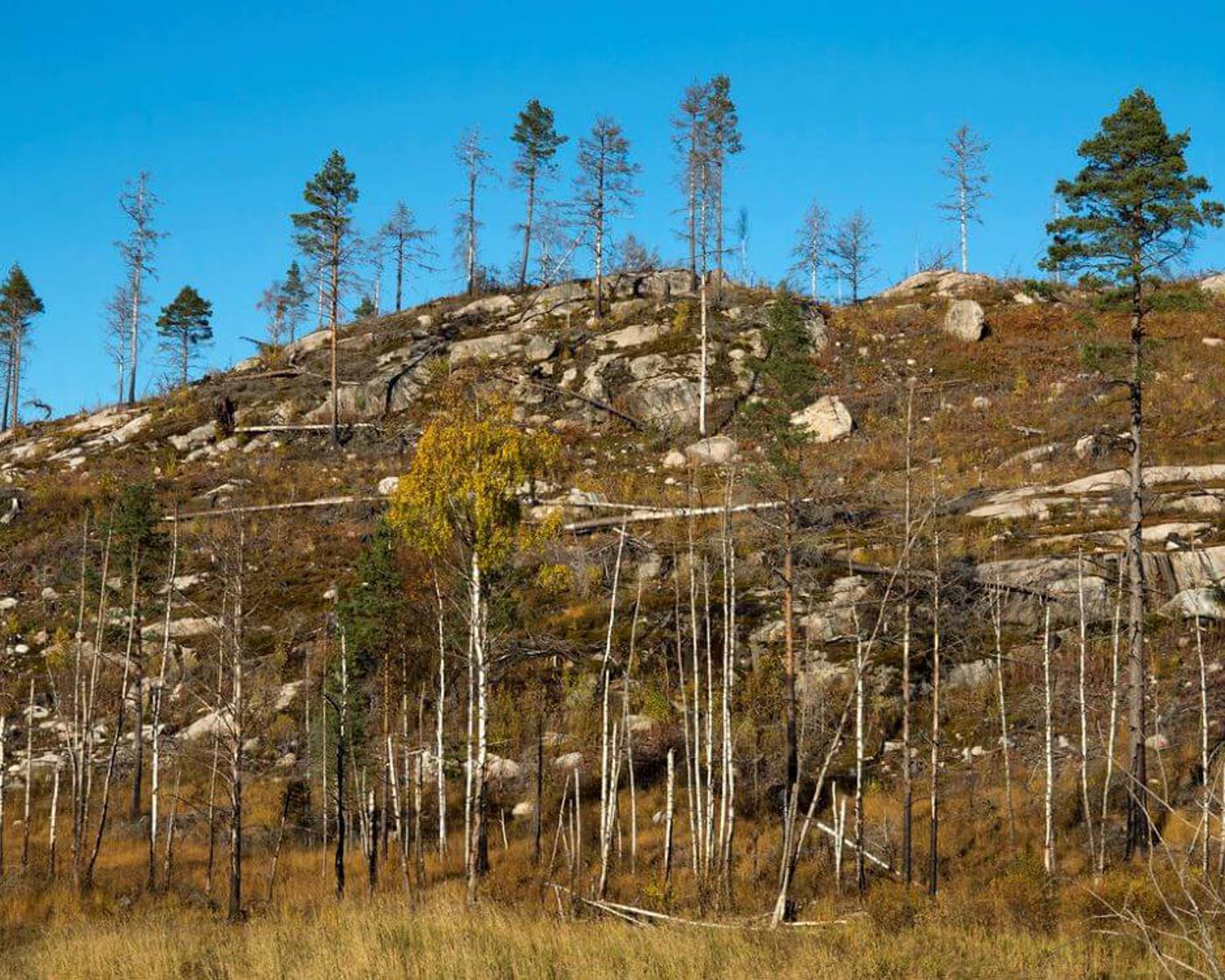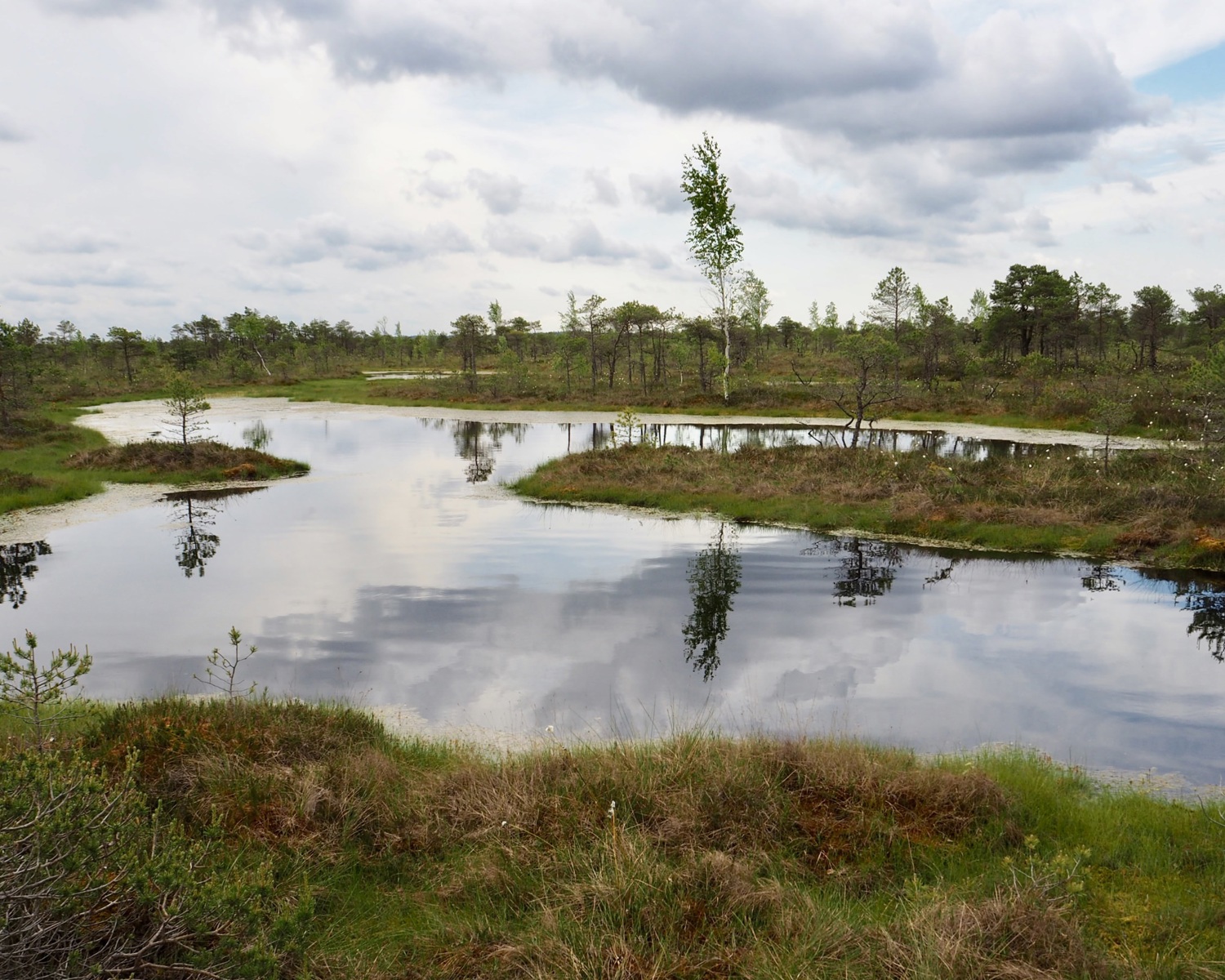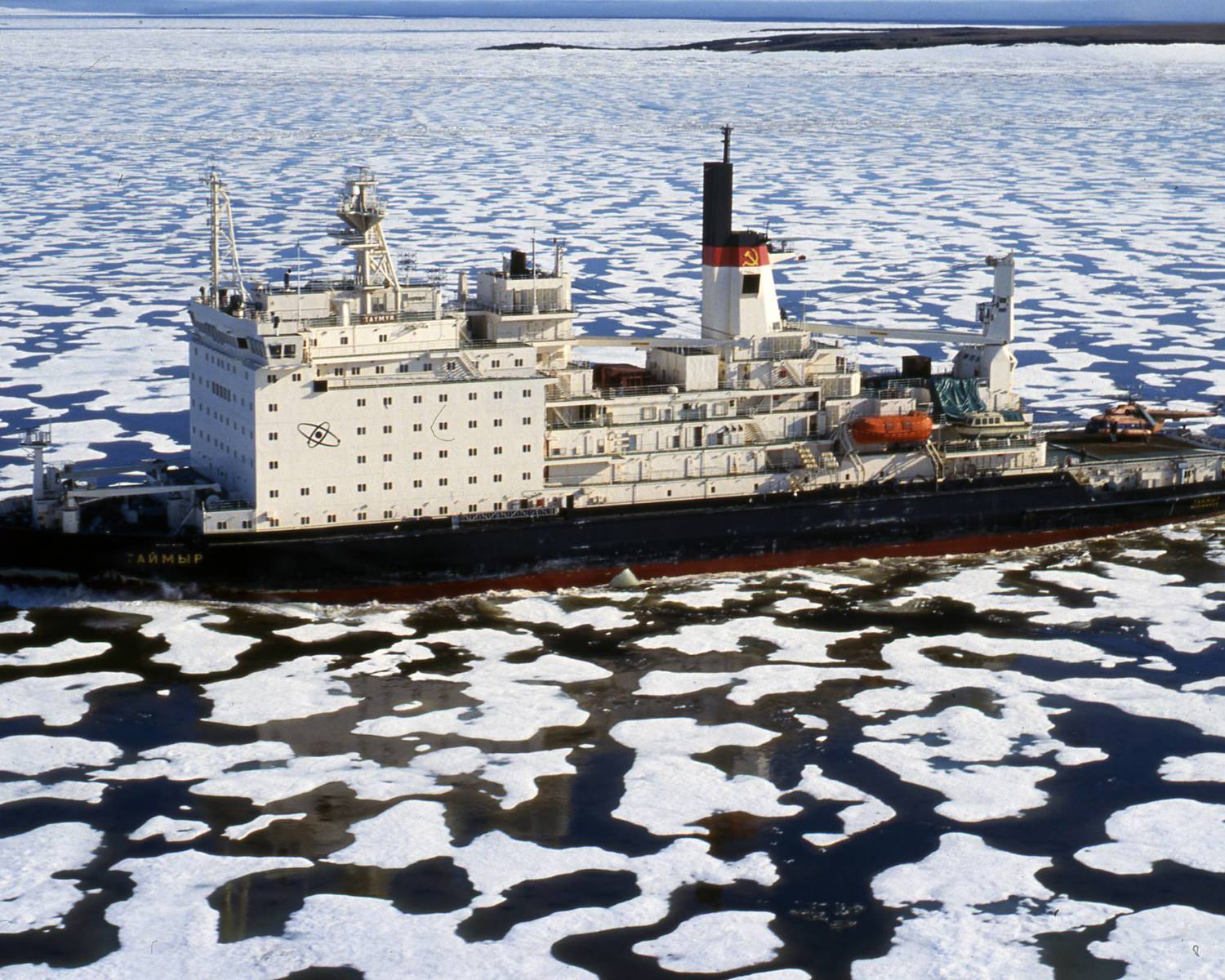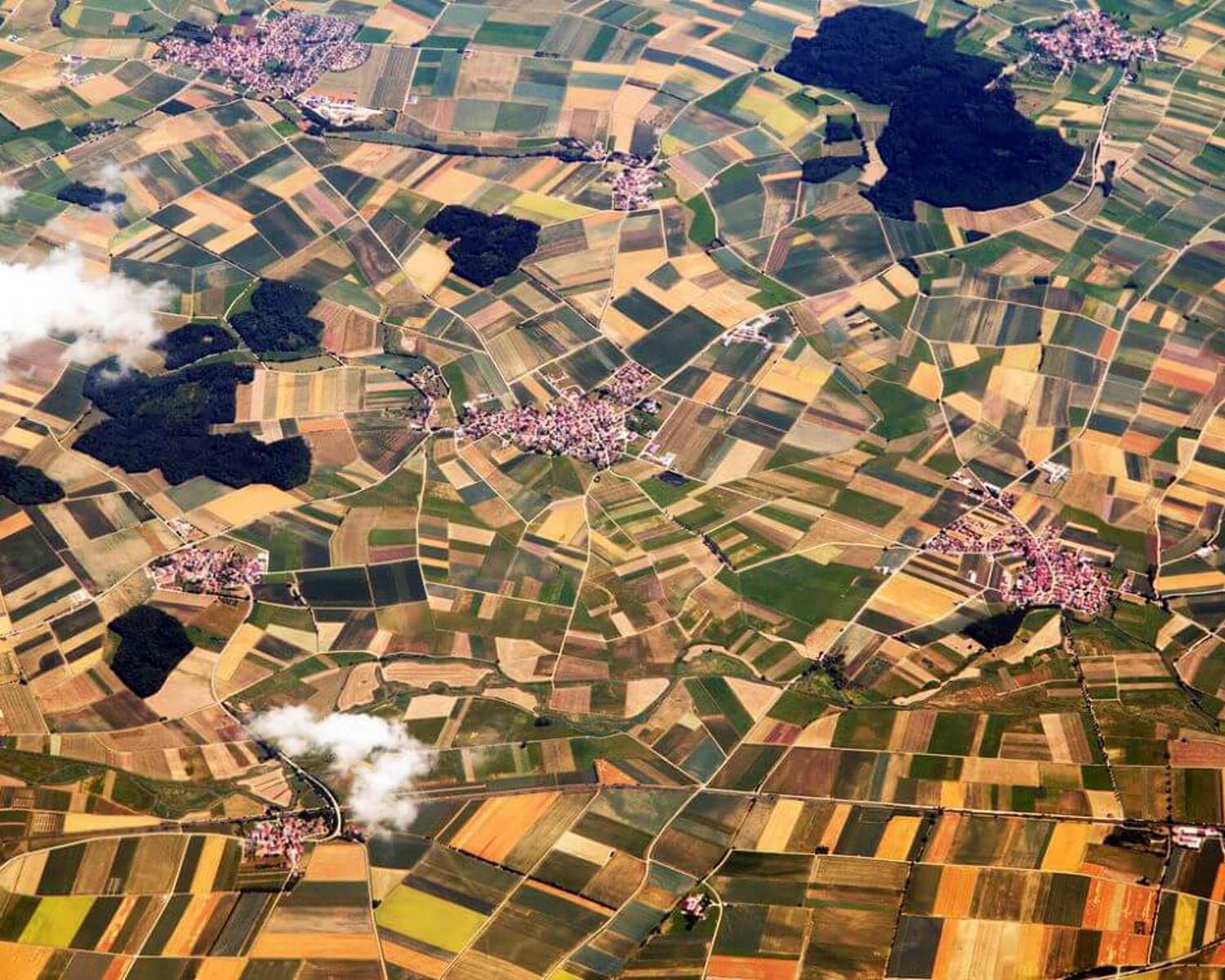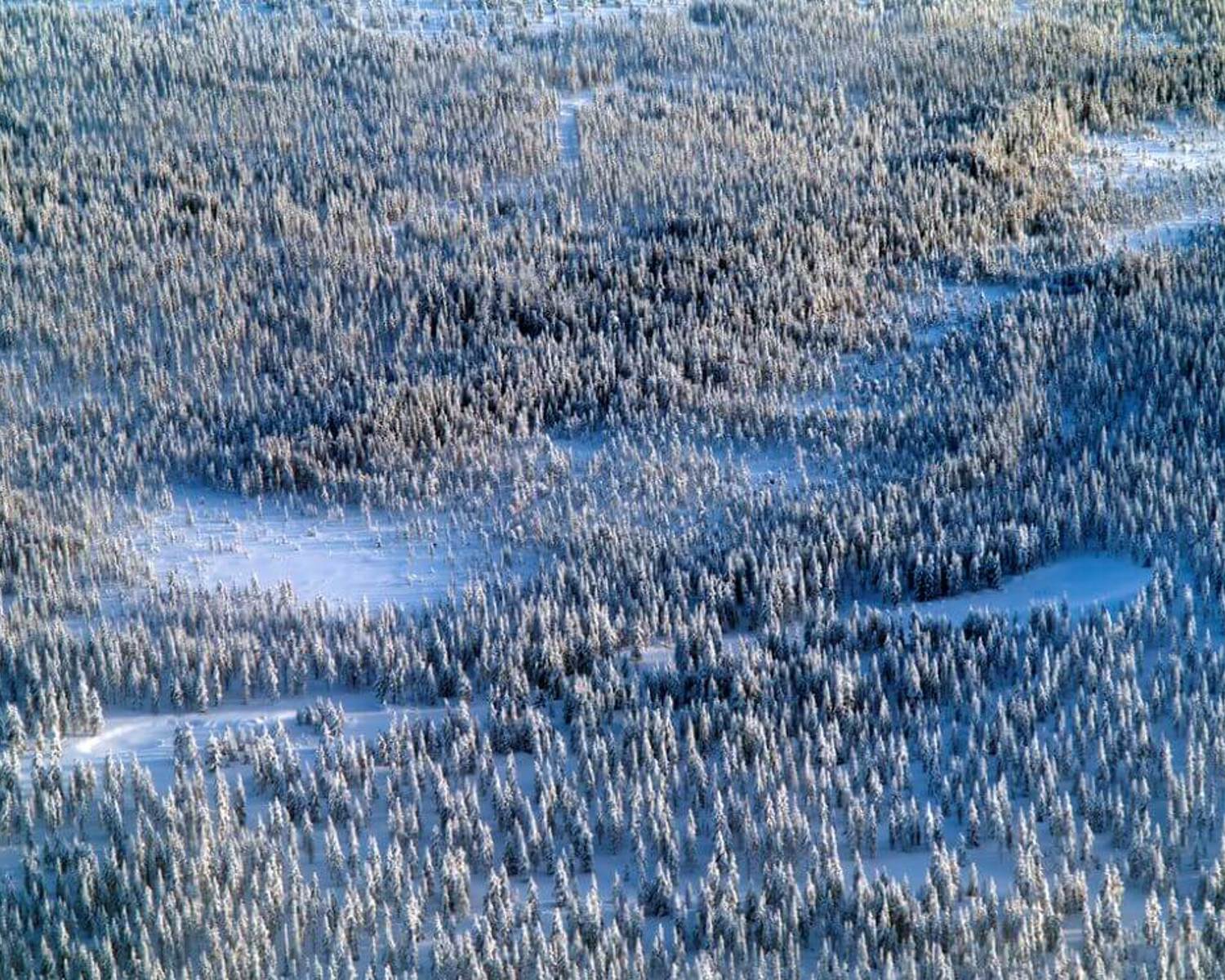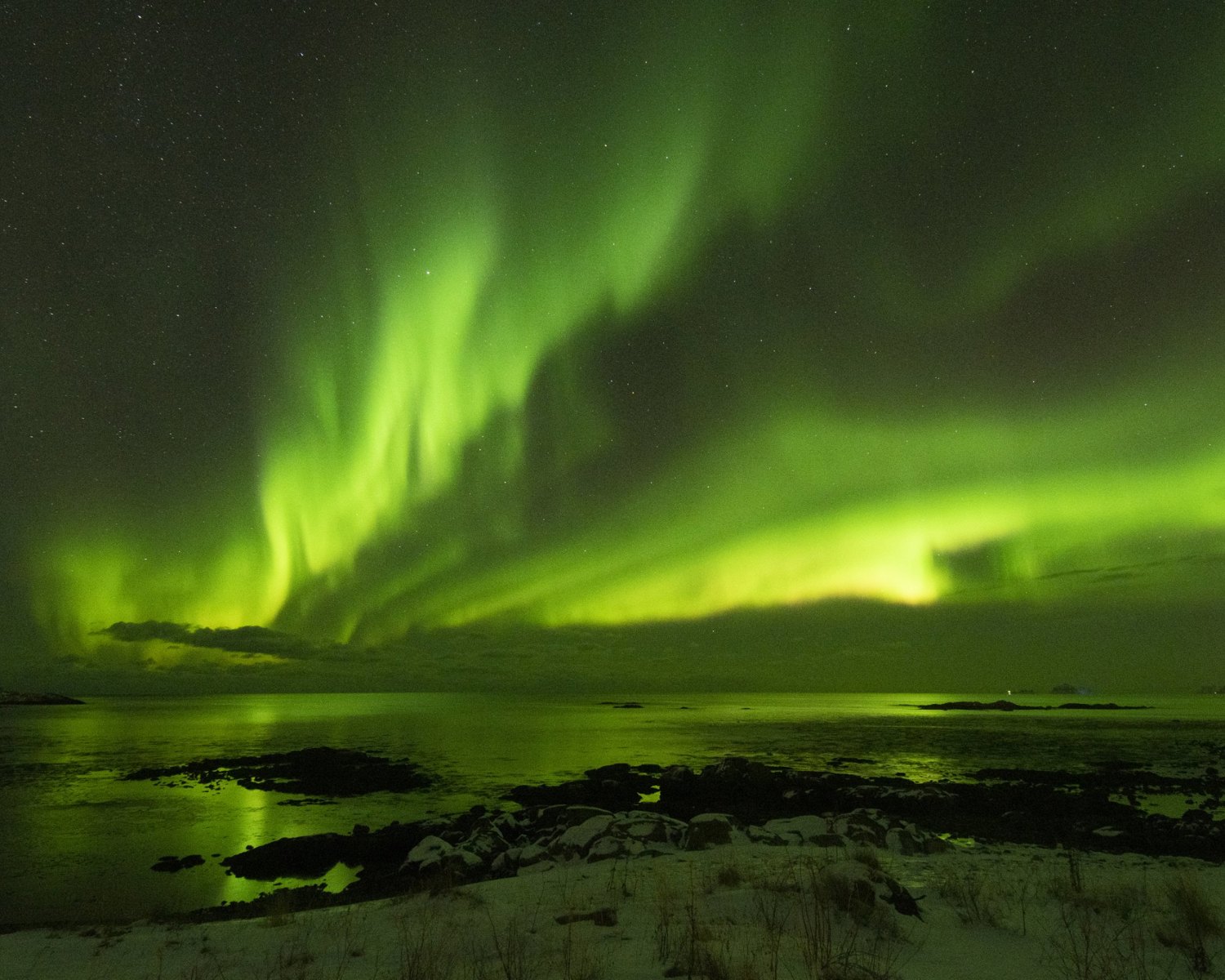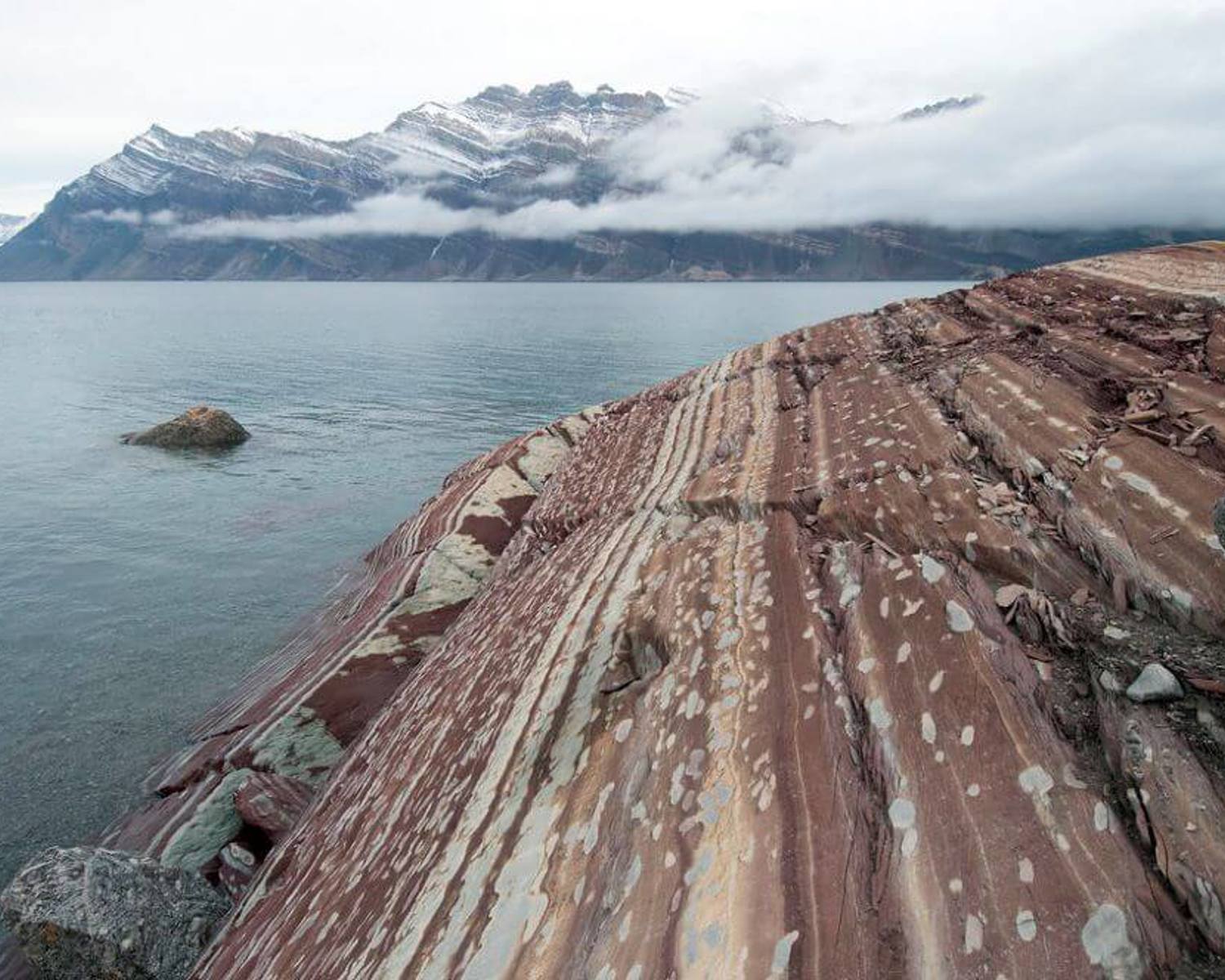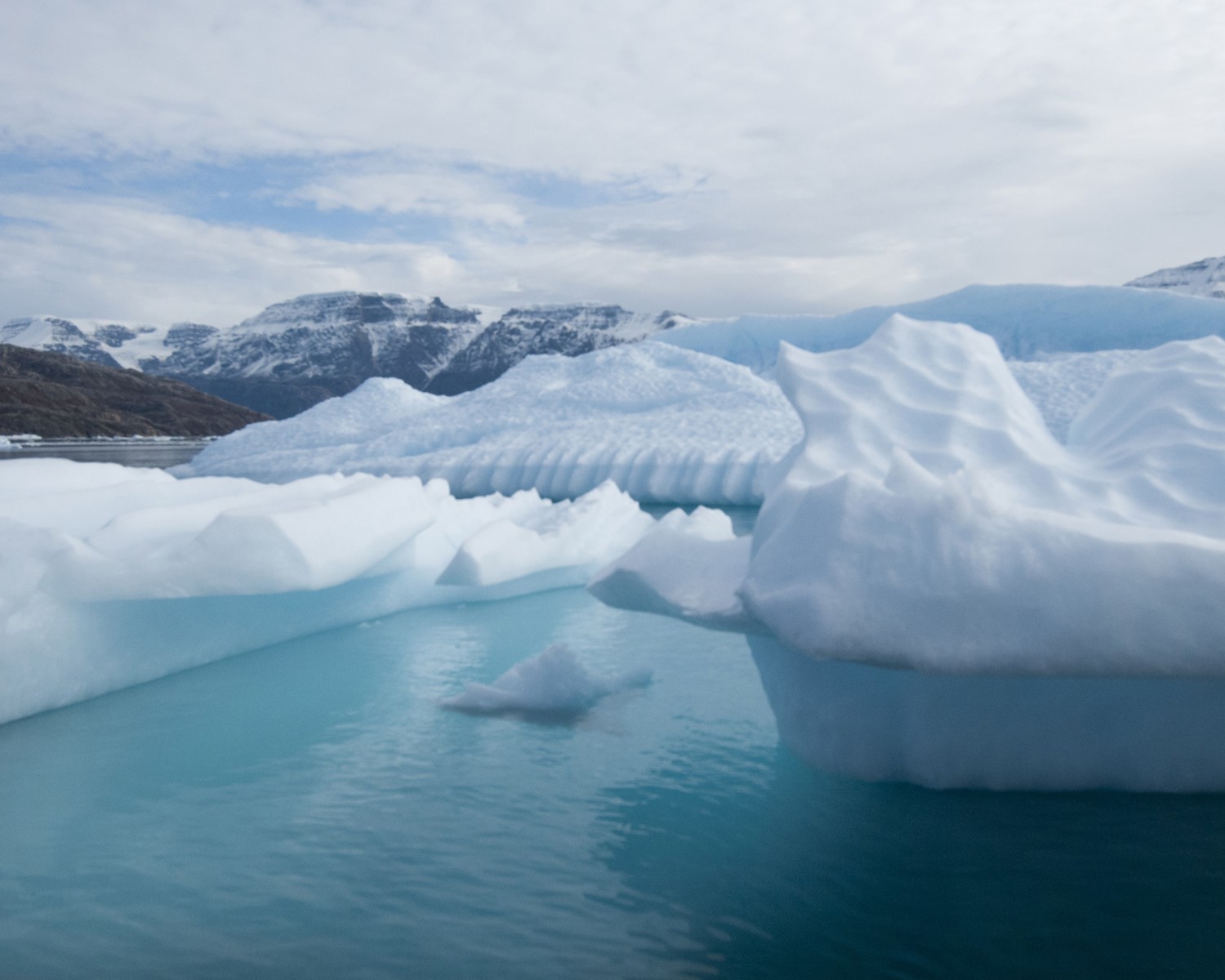Ice sheet stabilization via seabed curtains

One of the potentially most catastrophic effects of contemporary global warming would be the dramatic increase in sea levels as a result of the melting Greenland and Antarctic ice sheets. Even if all current emissions were immediately stopped, sea level rise could still occur because of locked-in warming (State of the Cryosphere report 2022).
There have been several suggested “Glacier geoengineering” measures (Lockley et al. 2020). The only one that is being seriously explored at this time would attempt to increase ice sheet stability by blocking the warmer deep water access from the ocean to terminating glaciers or floating ice sheets. Although larger physical dams have been previously suggested (Wolovick and Moore 2018; Hunt and Byers 2018), a curtain design is considered more feasible. These curtains would be anchored to the ground and would block most of the warmer waters, whilst still being flexible enough to allow icebergs to pass over them (Keefer et al., 2023; Wolovick et al. 2023). Research is still being done on how to best deploy such a measure, and which sites would provide the greatest benefit whilst still being feasible to build.
Analysis overview

Technological Readiness Level (TRL)
Low 1
Technological Readiness Level (TRL)
A technology with a TRL of 1-3: TRL 1 – Basic; TRL 2 – Concept formulated; TRL 3 – Experimental proof of concept

Scalability
Medium 2
Scalability
Physically somewhat scalable; linear efficiency

Timeliness for near-future effects
Medium 2
Timeliness for near-future effects
Implemented in time to make some difference, although questionable

Northern + Arctic potential
Unknown 0

Global potential
High 3
Global potential
Major impacts detected

Cost - benefit
Cost-effective 3
The cost estimates for curtain construction crucially depend on several variables like location, size, and depth. Hunt and Byers (2018) earlier gave a figure for the final cost of a barrier would as US$ 68.9 billion, with submerged dams built at a cost of US$ 337.1 billion.
Keefer et al. (2023) estimate that an 80 km curtain at 600 m depth could be built at Pine Island and Thwaites glaciers for $40–80 billion + $1–2 billion/yr maintenance. Although this sounds expensive, they note this would also be needed yearly to build global protections as a result of the sea level rise that would follow the collapse of both glaciers. The costs for this measure would therefore ultimately only be 1 to 2 % of the total amount of money that would be needed for global coastal protection this century if sea level rise is left unmitigated.
Cost - benefit
Low investment cost compared to the avoided damage cost (e.g., a few %) and/or inexpensive relative to other measures with similar impact

Environmental risks
Unknown 0

Community impacts
Unknown 0

Ease of reversibility
Medium 2
In contrast to dams or other fixed constructions, the curtain is only fixed to the seafloor at the anchoring points, and could therefore be relatively easily removed if desired (Keefer et al. 2023).
Ease of reversibility
Possible with significant investment

Risk of termination shock
Some risk 2
Risk of termination shock
Medium or relatively significant termination shock or damage

Legality/governance
Challenging 2
Legality/governance
Fits within existing structures to a certain degree, but some policy changes are needed to deploy at scale

Scientific/media attention
Medium 2
Scientific/media attention
Some attention within the scientific community, including published research and funding programmes; some media attention; some commercial interest
References
Corbett, C. R., & Parson, E. A. (2022). Radical climate adaptation in Antarctica. Ecology LQ, 49, 77. http://dx.doi.org/10.2139/ssrn.3992585
Hunt, J. D., & Byers, E. (2019). Reducing sea level rise with submerged barriers and dams in Greenland. Mitigation and Adaptation Strategies for Global Change, 24, 779-794. https://doi.org/10.1007/s11027-018-9831-y
Keefer, B., Wolovick, M., & Moore, J. C. (2023). Feasibility of ice sheet conservation using seabed anchored curtains. PNAS nexus, 2(3), pgad053. https://doi.org/10.1093/pnasnexus/pgad053
Lockley, A., Wolovick, M., Keefer, B., Gladstone, R., Zhao, L. Y., & Moore, J. C. (2020). Glacier geoengineering to address sea-level rise: A geotechnical approach. Advances in Climate Change Research, 11(4), 401-414. https://doi.org/10.1016/j.accre.2020.11.008
Moore, J. C., Gladstone, R., Zwinger, T., & Wolovick, M. (2018). Geoengineer polar glaciers to slow sea-level rise. Nature, 555(7696), 303-305. https://doi.org/10.1038/d41586-018-03036-4
Moore, J. C., Mettiäinen, I., Wolovick, M., Zhao, L., Gladstone, R., Chen, Y., ... & Koivurova, T. (2021). Targeted geoengineering: local interventions with global implications. Global Policy, 12, 108-118. https://doi.org/10.1111/1758-5899.12867
Wolovick, M. J., & Moore, J. C. (2018). Stopping the flood: could we use targeted geoengineering to mitigate sea level rise?. The Cryosphere, 12(9), 2955-2967. https://doi.org/10.5194/tc-12-2955-2018
Wolovick, M., Moore, J., & Keefer, B. (2023). The potential for stabilizing Amundsen Sea glaciers via underwater Curtains. PNAS Nexus, pgad103. https://doi.org/10.1093/pnasnexus/pgad103
Zhang, Z., Moore, J. C., Huisingh, D., & Zhao, Y. (2015). Review of geoengineering approaches to mitigating climate change. Journal of Cleaner Production, 103, 898-907. https://doi.org/10.1016/j.jclepro.2014.09.076

